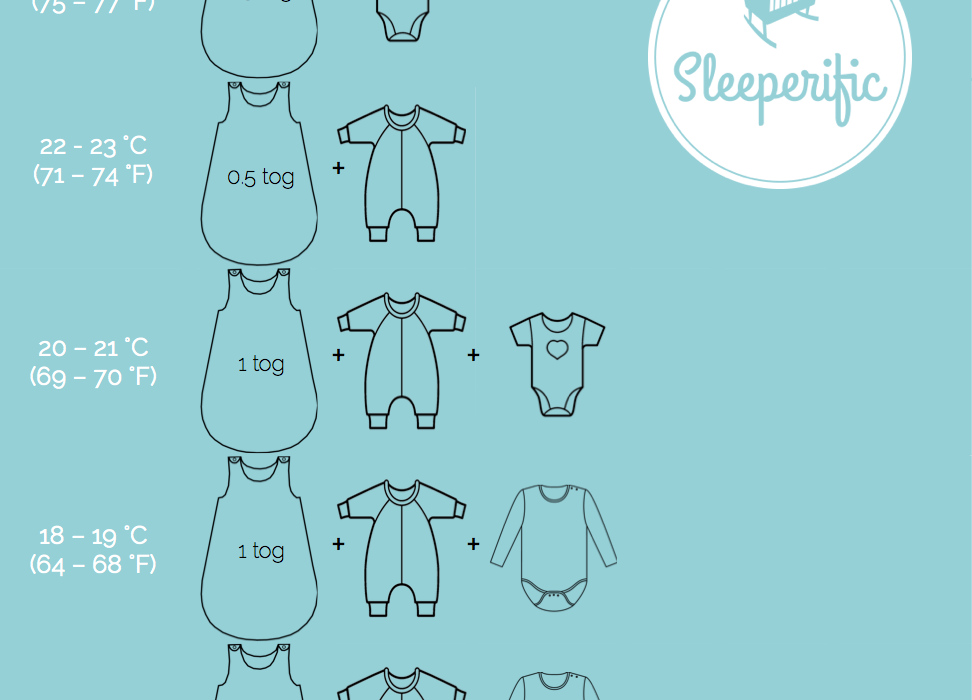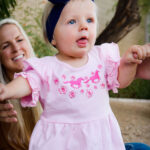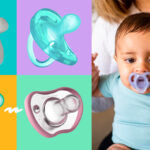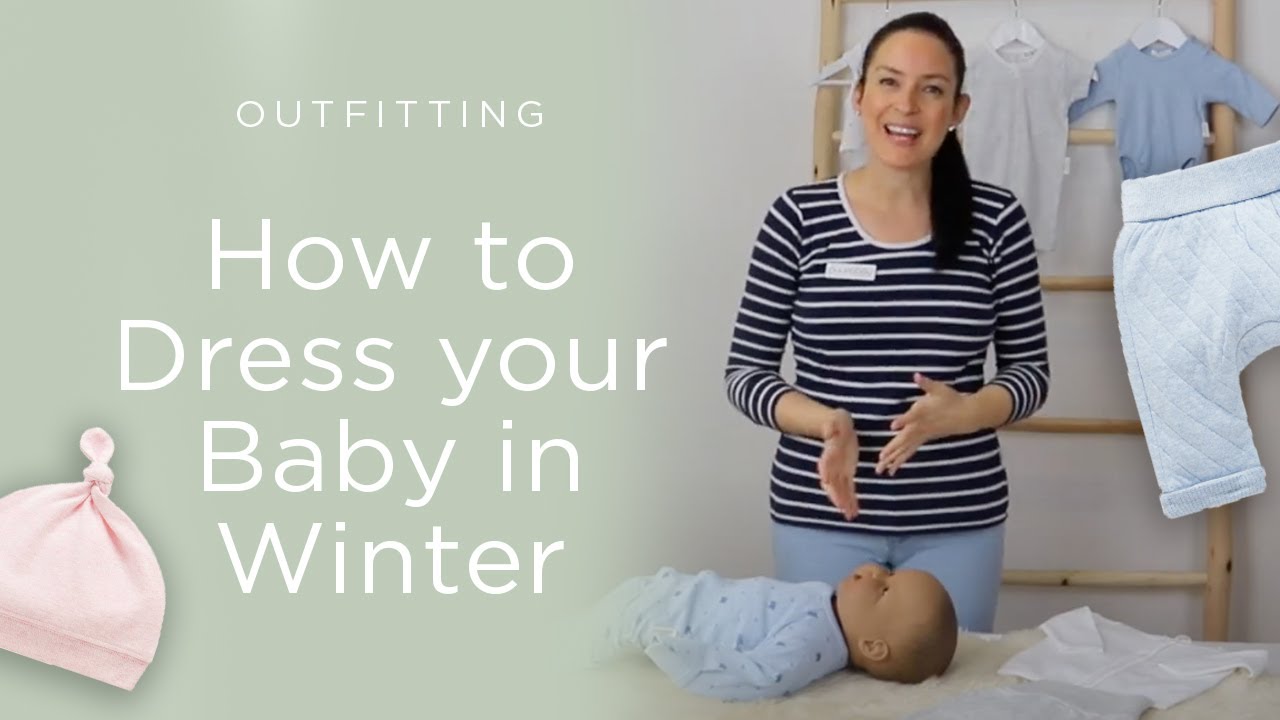A newborn should wear a snug-fitting onesie or sleep sack to bed. These options ensure warmth and safety while allowing for easy movement.
Choosing the right sleepwear for your newborn is crucial for their comfort and safety. Babies have delicate skin and can easily overheat. Keeping them at the right temperature is essential for quality sleep and overall health. Look for breathable fabrics like cotton, which allow for airflow and reduce the risk of overheating.
Avoid loose blankets, as they can pose suffocation hazards. Parents should also consider the room temperature and adjust the baby’s clothing accordingly. With the right sleep attire, you can help create a cozy sleeping environment for your little one, ensuring they rest soundly through the night.
Table of Contents
Introduction To Newborn Sleepwear
Choosing the right sleepwear for a newborn is essential. Newborns sleep a lot. Comfort and safety are key. Parents often wonder what their baby should wear to bed. The right clothing helps babies sleep better. It also ensures they stay safe during the night.
Importance Of Right Clothing
Clothing affects a newborn’s sleep quality. Here are some important points:
- Temperature Regulation: Newborns can get cold quickly.
- Comfort: Soft fabrics prevent irritation.
- Ease of Change: Quick changes for diapering are crucial.
Choosing the right sleepwear helps your baby feel secure. It can also reduce the risk of overheating. Always check the fabric and fit.
Safety And Comfort
Safety is a top priority for newborn sleepwear. Consider these guidelines:
| Factor | Guideline |
|---|---|
| Fabric | Use breathable materials like cotton. |
| Fit | Ensure a snug fit without being too tight. |
| Wearable Blankets | Use them instead of loose blankets. |
Choose sleepwear that allows movement. Avoid clothes with strings or loose parts. These can pose choking hazards. Always dress your baby in layers. This helps adjust to changing temperatures.
Optimal Room Temperature For Newborns
Newborns need a comfortable sleeping environment. The right room temperature helps them sleep better. It also reduces the risk of overheating or chilling.
Thermoregulation In Infants
Newborns struggle with temperature control. Their bodies cannot regulate heat like adults. They rely on their environment for warmth.
- Normal body temperature: 97.7°F to 99.5°F (36.5°C to 37.5°C)
- Overheating risks: Sudden Infant Death Syndrome (SIDS)
- Signs of overheating: Sweating, flushed skin, rapid breathing
Setting The Right Environment
The ideal room temperature for newborns is between 68°F and 72°F (20°C to 22°C). This range promotes safe and comfortable sleep.
Use the following tips to create the right environment:
- Use a reliable thermometer to monitor the room temperature.
- Dress your newborn in light layers, like a onesie.
- Avoid heavy blankets; opt for a sleep sack instead.
- Keep the crib away from windows and heat sources.
Check your baby regularly to ensure they are comfortable. Adjust the temperature as needed.
| Temperature Range | Comfort Level | Recommended Clothing |
|---|---|---|
| Below 68°F | Too Cold | Long-sleeve onesie, socks, sleep sack |
| 68°F – 72°F | Just Right | Short-sleeve onesie, lightweight blanket |
| Above 72°F | Too Hot | Lightweight onesie, no blanket |
Fabric Choices For Newborn Sleepwear
Choosing the right fabric for newborn sleepwear is crucial. The fabric affects comfort, warmth, and safety. Newborns have sensitive skin. Parents must select materials that are gentle and breathable.
Natural Vs. Synthetic Materials
Natural materials often provide better comfort for newborns. They are breathable and less likely to irritate the skin.
- Cotton: Soft, breathable, and hypoallergenic.
- Bamboo: Extremely soft, moisture-wicking, and eco-friendly.
- Wool: Warm and breathable but may cause irritation for some babies.
Synthetic materials can trap heat and moisture. This might lead to discomfort. They often lack breathability, making them less ideal for newborns. Here are some common synthetic options:
- Polyester: Durable but can be less breathable.
- Nylon: Strong but may cause skin irritation.
Identifying Hypoallergenic Options
Hypoallergenic fabrics are essential for sensitive skin. They minimize allergic reactions and rashes. Here’s how to identify them:
- Check for labels that say “hypoallergenic.”
- Look for materials like organic cotton or bamboo.
- Avoid fabrics treated with harsh chemicals.
Choosing hypoallergenic options ensures your baby sleeps well. Always wash new sleepwear before use. This removes any chemicals or residues. Prioritize comfort and safety for your little one.
Newborn Sleepwear Safety Standards
Ensuring safety during sleep is vital for newborns. Parents should follow safety standards for sleepwear. These standards help prevent accidents and health issues. Understanding flame resistance and chemical-free certifications is essential.
Flame Resistance
Flame resistance is crucial for newborn sleepwear. Fabrics should resist ignition and slow burning. This feature protects your baby from fire hazards.
Look for sleepwear labeled as flame resistant. The U.S. Consumer Product Safety Commission (CPSC) sets guidelines for sleepwear. Here are key points:
- Fabrics must meet specific flammability tests.
- Sleepwear should not ignite easily.
- Always choose snug-fitting sleepwear for safety.
Loose clothing can pose a risk. Always check the labels before buying.
Chemical-free Certifications
Chemicals in fabrics can irritate a newborn’s delicate skin. Choose sleepwear with chemical-free certifications. This ensures safety and comfort during sleep.
Look for certifications like:
| Certification | Description |
|---|---|
| OEKO-TEX Standard 100 | Tests for harmful substances in textiles. |
| GOTS (Global Organic Textile Standard) | Ensures organic fibers and sustainable practices. |
| Greenguard Gold | Limits chemical emissions from products. |
Choosing certified sleepwear protects your baby’s health. Always prioritize comfort and safety in newborn sleepwear choices.
Layering Strategies
Choosing the right sleepwear for your newborn is crucial. Layering helps keep your baby comfortable. It adapts to temperature changes while allowing easy access for diaper changes.
Adapting To Changing Temperatures
Newborns can easily get too hot or too cold. Here are some tips for effective layering:
- Base Layer: Start with a soft onesie. Choose cotton or bamboo fabric.
- Middle Layer: Add a lightweight sleep sack. This provides warmth without bulk.
- Top Layer: Use a cozy blanket or swaddle. Ensure it’s breathable.
Monitor the room temperature. Aim for 68°F to 72°F (20°C to 22°C). Dress your baby accordingly:
| Room Temperature | Recommended Layers |
|---|---|
| Below 68°F | Onesie + Sleep Sack + Blanket |
| 68°F – 72°F | Onesie + Sleep Sack |
| Above 72°F | Onesie Only |
Easy Access For Diaper Changes
Frequent diaper changes are part of caring for a newborn. Choose sleepwear that offers easy access:
- Snap Closures: Look for onesies with snaps at the bottom.
- Zippered Sleep Sacks: Zippers allow quick access. They make changes faster.
- Open Bottom Sleepers: These provide easy diaper access. They keep your baby warm.
Plan for nighttime changes. Choose outfits that minimize disturbance. This helps your baby sleep better.
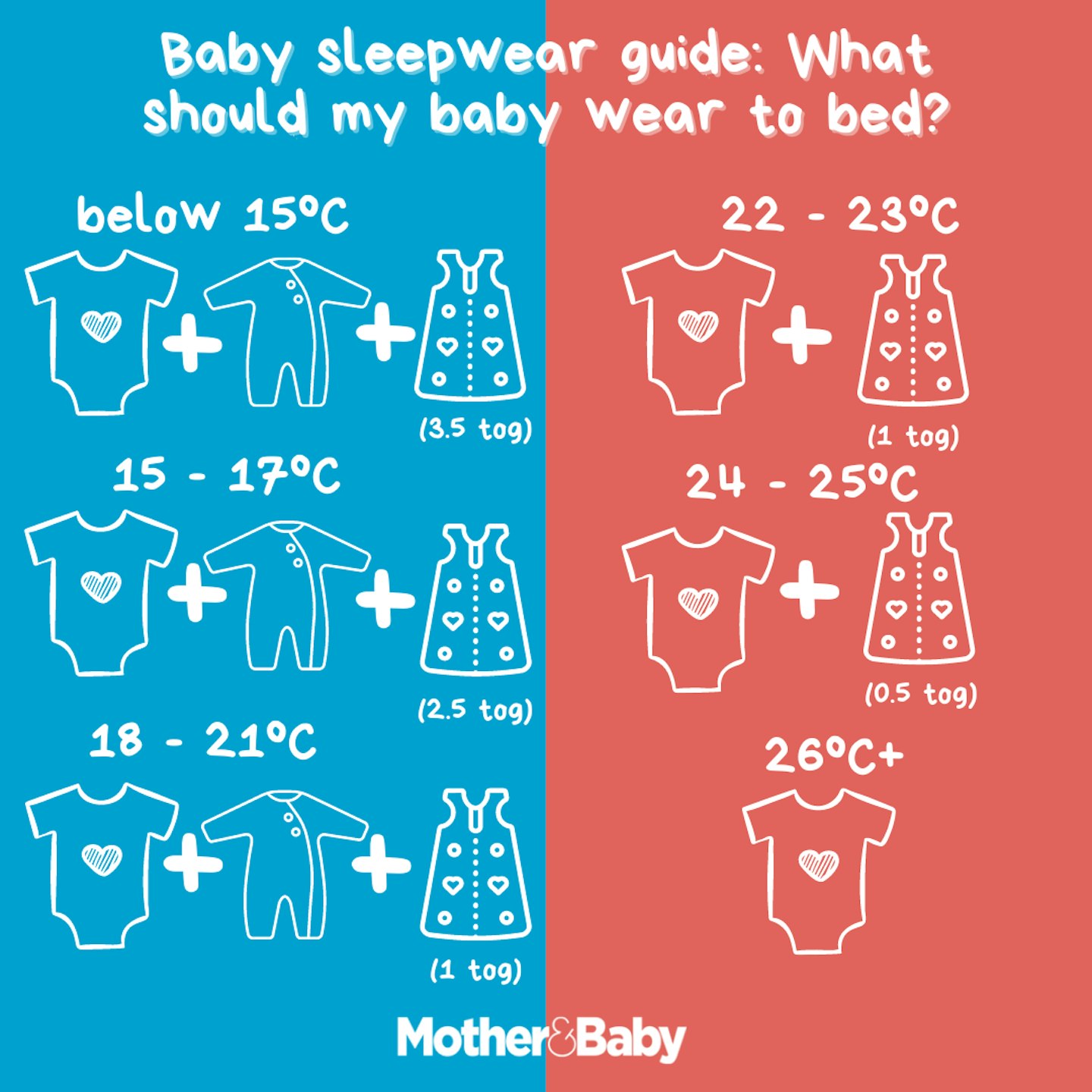
Credit: www.motherandbaby.com
Appropriate Fits For Newborns
Choosing the right fit for newborn sleepwear is crucial. Proper clothing ensures comfort and safety. Newborns need flexibility and warmth. Let’s explore how to achieve this.
Avoiding Overly Tight Clothing
Overly tight clothing can be harmful. It restricts movement and circulation. Here are key points to consider:
- Choose soft fabrics that stretch.
- Avoid clothing with tight elastic bands.
- Ensure room for diaper changes.
Overly tight clothes can cause:
- Skin irritation
- Discomfort
- Possible breathing issues
Understanding Snugness
Snug clothing offers warmth without restriction. It keeps babies cozy during sleep. Consider these tips for snug fits:
- Look for sleep sacks and onesies.
- Check for adjustable features.
- Ensure a comfortable neck opening.
Here’s a table that summarizes appropriate fits:
| Type of Clothing | Fit Type | Benefits |
|---|---|---|
| Onesies | Snug fit | Prevents drafts |
| Sleep Sacks | Roomy | Allows movement |
| Pajamas | Loose | Comfortable for sleeping |
Choose clothing that fits well but isn’t restrictive. The right fit helps newborns sleep soundly.
The Role Of Sleep Sacks
Sleep sacks are a popular choice for newborns at bedtime. They keep babies warm and cozy without the risks of traditional blankets. Sleep sacks help prevent suffocation and promote safe sleep practices. They also allow babies to move freely while staying snug. Parents love their ease of use and versatility.
Alternatives To Blankets
Blankets can pose safety risks for newborns. Instead, consider these safer alternatives:
- Sleep Sacks: These wearable blankets come in various materials.
- Swaddles: These wrap around the baby, providing comfort and security.
- Sleep Bags: Similar to sleep sacks but often thicker for colder climates.
Each option offers warmth while ensuring safety. Choose what feels best for your baby.
Selecting The Right Size
Choosing the right size for a sleep sack is crucial. A well-fitted sleep sack enhances safety and comfort. Here are some tips:
- Check the manufacturer’s size chart.
- Consider your baby’s weight and height.
- Avoid oversized sleep sacks. They can be hazardous.
- Look for adjustable features. Some sacks grow with your baby.
Always ensure that the sleep sack fits snugly around the neck and shoulders. This prevents slipping. A safe sleep sack keeps your baby comfortable all night.
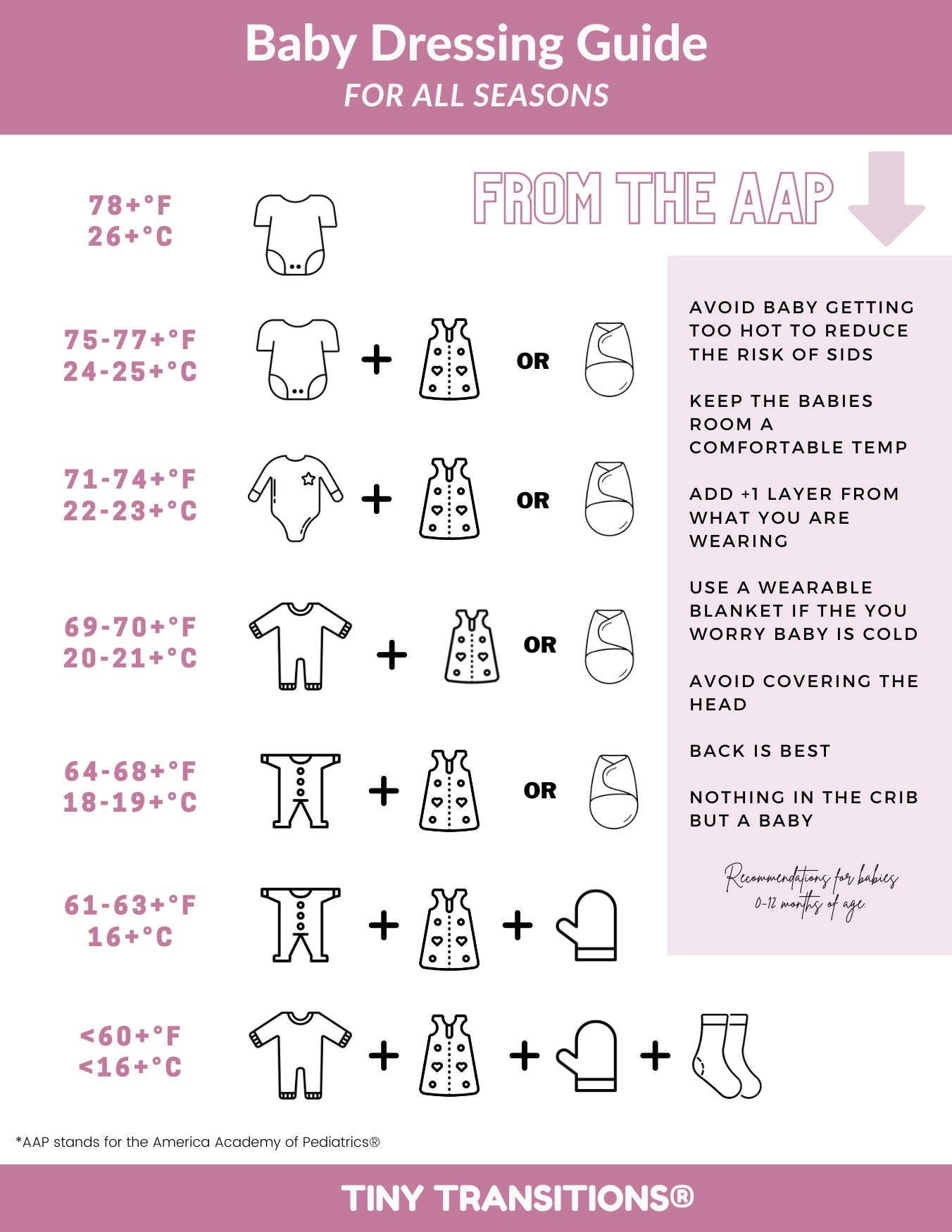
Credit: tinytransitions.com
Footed Pajamas: Pros And Cons
Footed pajamas are a popular choice for newborns. They keep little ones warm and cozy. However, they have both advantages and disadvantages. Understanding these can help parents make the best choice.
Ease Of Use
Footed pajamas offer many benefits for parents:
- Quick Dressing: Easy to put on and take off.
- Warmth: Covers the entire body, keeping baby warm.
- Comfort: Soft fabric ensures a snug fit.
Many parents appreciate the convenience of footed pajamas. They are ideal for nighttime changes. The all-in-one design simplifies the dressing process.
When To Choose Footless Options
Footless pajamas may be better in some situations:
- Warm Weather: Perfect for hot nights.
- Active Babies: Allows for easier movement.
- Frequent Diaper Changes: Simplifies changes without removing the whole outfit.
Consider footless options if your baby seems too warm at night. They can help babies stay cool and comfortable. Always choose what works best for your little one.
Swaddling Techniques For Bedtime
Swaddling helps newborns feel secure and cozy. Proper techniques make bedtime easier for both baby and parents. Let’s explore the benefits of swaddling and essential safety tips.
Benefits Of Swaddling
- Promotes Sleep: Swaddling mimics the womb’s warmth.
- Reduces Startle Reflex: Babies feel calmer and sleep longer.
- Provides Comfort: Tight wrapping offers a sense of security.
- Helps with Fussiness: Soothes babies who cry often.
Safety Tips
Ensure swaddling is safe for your newborn. Follow these guidelines:
- Use Breathable Fabrics: Choose cotton or muslin for airflow.
- Avoid Overheating: Dress your baby lightly under the swaddle.
- Swaddle Correctly: Keep the swaddle snug but not too tight.
- Monitor Baby’s Hips: Allow enough room for hip movement.
- Stop When Baby Can Roll: Transition to sleep sacks or blankets.
Always check your baby’s comfort while swaddling. Regularly reassess their needs as they grow.
Navigating Nighttime Feedings And Changes
Nighttime feedings and diaper changes can disrupt your newborn’s sleep. Choosing the right sleepwear helps make these tasks easier. Comfort and accessibility are key. Here’s how to dress your baby for smooth nighttime routines.
Dressing For Accessibility
Choose clothing that allows quick access for feedings and changes. Look for:
- Front-zip pajamas: Easy to open and close.
- Snap onesies: Simple to take off and put on.
- Expandable necklines: Makes dressing quicker.
These options keep your baby comfortable. Less fuss means more sleep for everyone.
Minimizing Sleep Disruptions
Keep your baby’s sleep environment cozy. Follow these tips:
- Dress your baby in layers for temperature control.
- Use sleep sacks to avoid loose blankets.
- Choose breathable fabrics like cotton.
These choices promote better sleep. A well-dressed baby sleeps longer. Less disturbance leads to happier nights.
| Clothing Type | Benefits |
|---|---|
| Front-zip pajamas | Quick access for feedings |
| Snap onesies | Easy diaper changes |
| Sleep sacks | Safe and warm sleep |
Seasonal Clothing Adjustments
Newborns need special care for their comfort at bedtime. Seasonal adjustments ensure they stay cozy. Dressing according to the weather helps maintain a good sleep environment.
Dressing For Warm Months
During warm months, keeping your newborn cool is essential. Opt for lightweight fabrics. Here are some tips:
- Choose breathable materials like cotton.
- Use short-sleeve onesies or sleep sacks.
- Avoid heavy blankets; use a light swaddle instead.
Here’s a simple table to guide your choices:
| Clothing Item | Fabric Type | Recommended Use |
|---|---|---|
| Short-Sleeve Onesie | Cotton | Ideal for warm nights |
| Light Sleep Sack | Muslin | For added comfort |
| Light Swaddle | Breathable Cotton | For soothing and security |
Dressing For Cold Months
Cold months require extra warmth. Layering is key to keep your newborn cozy. Consider these recommendations:
- Use long-sleeve onesies for warmth.
- Opt for thick sleep sacks or wearable blankets.
- Keep the room temperature comfortable.
Here’s a quick guide for cold weather:
| Clothing Item | Fabric Type | Recommended Use |
|---|---|---|
| Long-Sleeve Onesie | Fleece or Cotton | For extra warmth |
| Thick Sleep Sack | Fleece | To retain body heat |
| Layering Blanket | Wool or Heavy Cotton | To provide additional warmth |
Adjusting your newborn’s clothing according to the seasons ensures a peaceful sleep. Always check the temperature before dressing.
Signs Of Overheating Or Discomfort
Newborns can’t tell you when they feel uncomfortable. Parents must watch for signs of overheating or discomfort. Proper sleep attire is essential. Noticing these signs helps keep your baby safe and comfortable during sleep.
Monitoring For Red Flags
Pay attention to your newborn’s behavior. Look for these red flags:
- Flushed skin or redness
- Excessive sweating
- Rapid breathing
- Restlessness during sleep
- Warm or hot to the touch
These signs indicate potential overheating. Check your baby’s temperature often. A comfortable room temperature is crucial.
Immediate Steps To Take
React quickly if you notice signs of overheating. Follow these steps:
- Check your baby’s temperature. A normal range is 97°F to 100.4°F.
- Remove extra layers of clothing.
- Adjust the room temperature. Aim for 68°F to 72°F.
- Use a fan for airflow, if necessary.
- Keep your baby hydrated. Offer breast milk or formula.
Always ensure your baby is comfortable. Monitor their condition closely. Your attention can prevent overheating and promote better sleep.
Sleep Accessories To Avoid
Choosing the right sleep accessories for your newborn is crucial. Some items may seem helpful, but they can pose serious risks. Understanding what to avoid can ensure safe sleep for your little one.
Unsafe Additions
Some accessories might make the crib look cozy, but they can be dangerous. Here’s a list of items to keep out of your newborn’s sleep space:
- Blankets: Thick blankets can cause suffocation.
- Pillows: Pillows can lead to head and neck injuries.
- Stuffed Animals: They can block airways.
- Crib Bumpers: They increase the risk of suffocation and entrapment.
- Sleep Positioners: They can cause a baby to roll over.
Keeping The Crib Minimal
A minimal crib setup promotes safe sleep. Keep it simple and functional. Here’s how to set up a safe sleeping area:
- Use a firm mattress covered with a fitted sheet.
- Keep the crib free of accessories.
- Place the baby on their back to sleep.
- Ensure the crib meets safety standards.
By following these guidelines, you can create a safe sleeping environment. This promotes better sleep for your newborn.
Washing And Care For Sleepwear
Proper washing and care for your newborn’s sleepwear is essential. It helps keep them comfortable and safe. Parents should follow specific steps to ensure cleanliness and fabric longevity.
Deterring Bacteria And Odors
Newborns have sensitive skin. Sleepwear can attract bacteria and odors. Here are some tips to keep it fresh:
- Wash frequently: Aim to wash sleepwear after every few uses.
- Use gentle detergents: Choose hypoallergenic options. They prevent skin irritations.
- Cold water wash: Cold water helps preserve fabric quality.
- Dry promptly: Avoid dampness to deter bacteria growth.
Maintaining Fabric Integrity
Maintaining the integrity of sleepwear is crucial. Soft, breathable fabrics ensure better sleep. Follow these guidelines:
- Read labels: Always check washing instructions on the label.
- Avoid bleach: Bleach can damage delicate fabrics.
- Air dry: Whenever possible, air dry sleepwear to prevent shrinkage.
- Store properly: Keep sleepwear in a clean, dry place.
Following these tips will help keep your newborn’s sleepwear clean and in great condition. Happy sleeping!
Conclusion: Prioritizing Newborn Sleep Health
Newborn sleep health is crucial for growth and development. Choosing the right sleepwear helps keep your baby comfortable and safe. Proper sleep practices create a peaceful environment for your little one.
Summary Of Key Points
- Dress your newborn in breathable materials.
- Use the right sleep sack or swaddle.
- Maintain a comfortable room temperature.
- Avoid loose blankets or pillows in the crib.
- Monitor your baby’s comfort level regularly.
Encouraging Safe Sleep Practices
Safe sleep practices protect your newborn during sleep. Follow these tips:
- Always place your baby on their back to sleep.
- Use a firm mattress with a fitted sheet.
- Avoid sleeping in the same bed with your baby.
- Keep the crib free from toys and bumpers.
- Check on your baby often during the night.
| Sleepwear Type | Benefits |
|---|---|
| Swaddles | Provides comfort and security |
| Sleep Sacks | Keeps baby warm without loose blankets |
| Pajamas | Easy to put on and take off |
Prioritizing newborn sleep health ensures peaceful nights. Safe practices lead to restful sleep for both baby and parents.
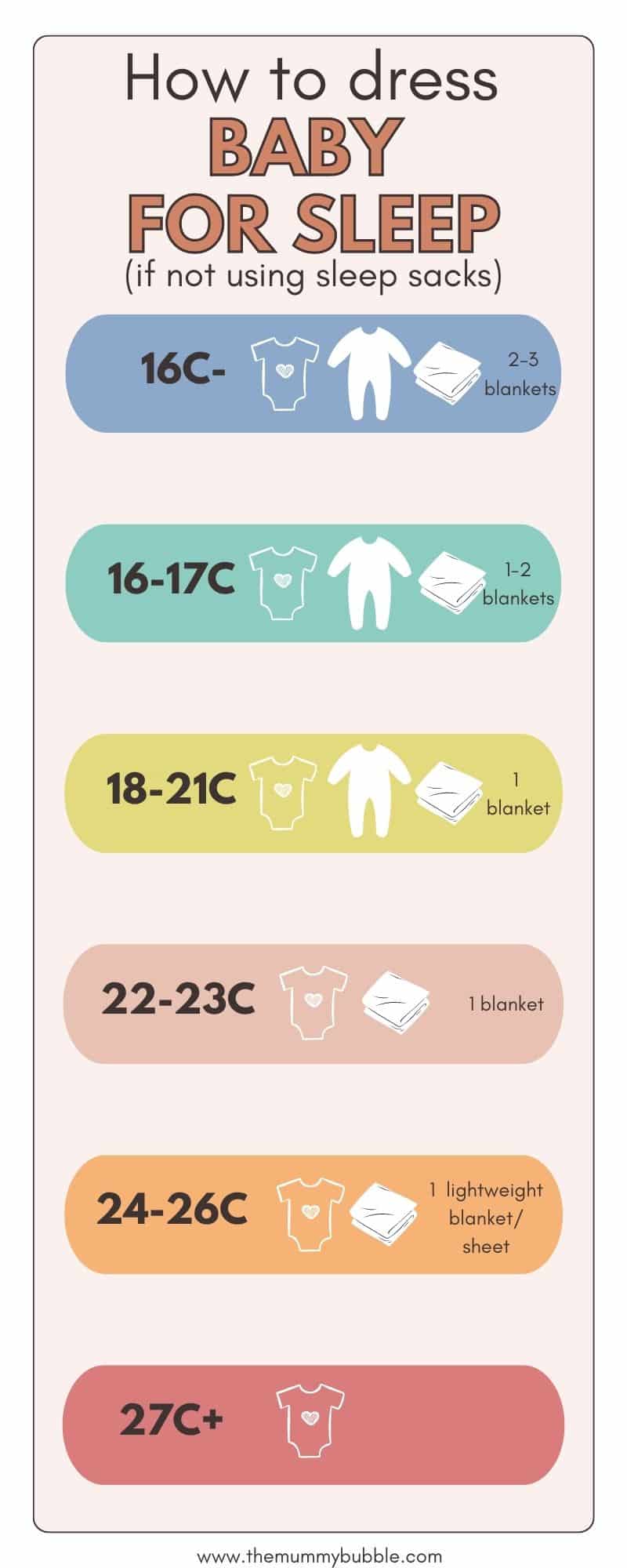
Credit: techdiv.com
Frequently Asked Questions
What Is The Best Fabric For Newborn Sleepwear?
Cotton is the best fabric for newborn sleepwear. It’s breathable, soft, and helps regulate body temperature.
Should Newborns Wear Pajamas To Bed?
Yes, pajamas are suitable for newborns. They keep babies comfortable and cozy throughout the night.
How Many Layers Should A Newborn Wear?
One to two layers are ideal for newborns. This prevents overheating while keeping them warm.
Can Newborns Sleep In A Swaddle?
Yes, swaddling helps newborns feel secure. It can promote better sleep and reduce startle reflex.
What Temperature Is Safe For A Newborn’s Room?
The ideal room temperature for a newborn is between 68°F and 72°F. This ensures a comfortable sleeping environment.
Conclusion
Choosing the right sleepwear for your newborn is essential for their comfort and safety. Opt for breathable fabrics and avoid loose items. Always check the room temperature to ensure they stay cozy. With the right sleepwear, your baby can enjoy restful nights and peaceful dreams.
Prioritize their comfort for better sleep.



